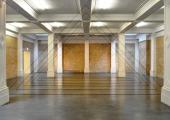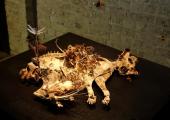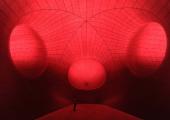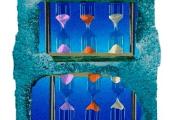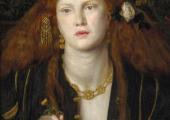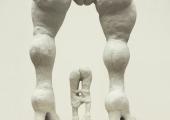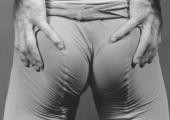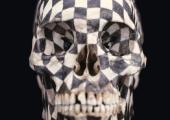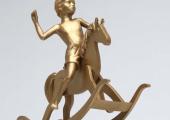A thrilling new show of an art-world great
Gabriel Orozco has been something of an art-world secret, for some mysterious reason. He has been fêted at the Venice Biennale, he showed at the prestigious Documenta in Kassel, had a blazing Serpentine show, an Artangel commission and been flavour of the month for more than a decade to those who follow contemporary art. But to the general public? Nada, nothing, zip. And God knows why, for, as this fine Tate retrospective shows, Gabriel Orozco is the real McCoy; a dazzling creator, a serious thinker, a joyous, liberating mind and a pair of eyes that helps us see new. On top of that, as an artist he has charm to burn. For heaven’s sake, what’s not to like?
Gabriel Orozco has been something of an art-world secret, for some mysterious reason. He has been fêted at the Venice Biennale, he showed at the prestigious Documenta in Kassel, had a blazing Serpentine show, an Artangel commission and been flavour of the month for more than a decade to those who follow contemporary art. But to the general public? Nada, nothing, zip. And God knows why, for, as this fine Tate retrospective shows, Gabriel Orozco is the real McCoy; a dazzling creator, a serious thinker, a joyous, liberating mind and a pair of eyes that helps us see new. On top of that, as an artist he has charm to burn. For heaven’s sake, what’s not to like?
